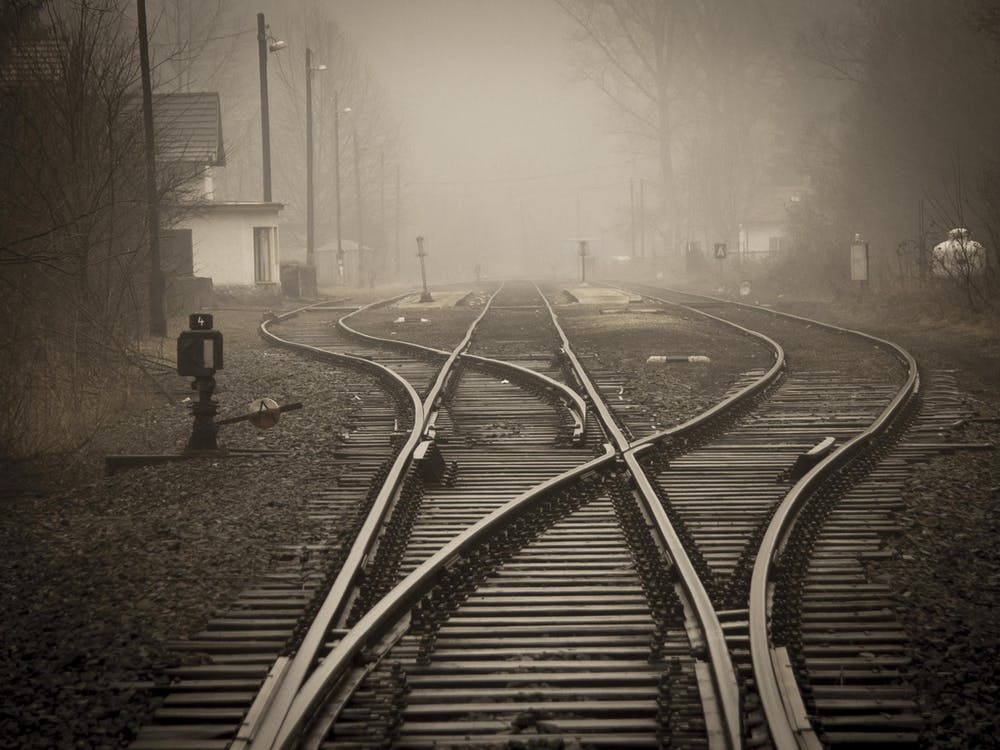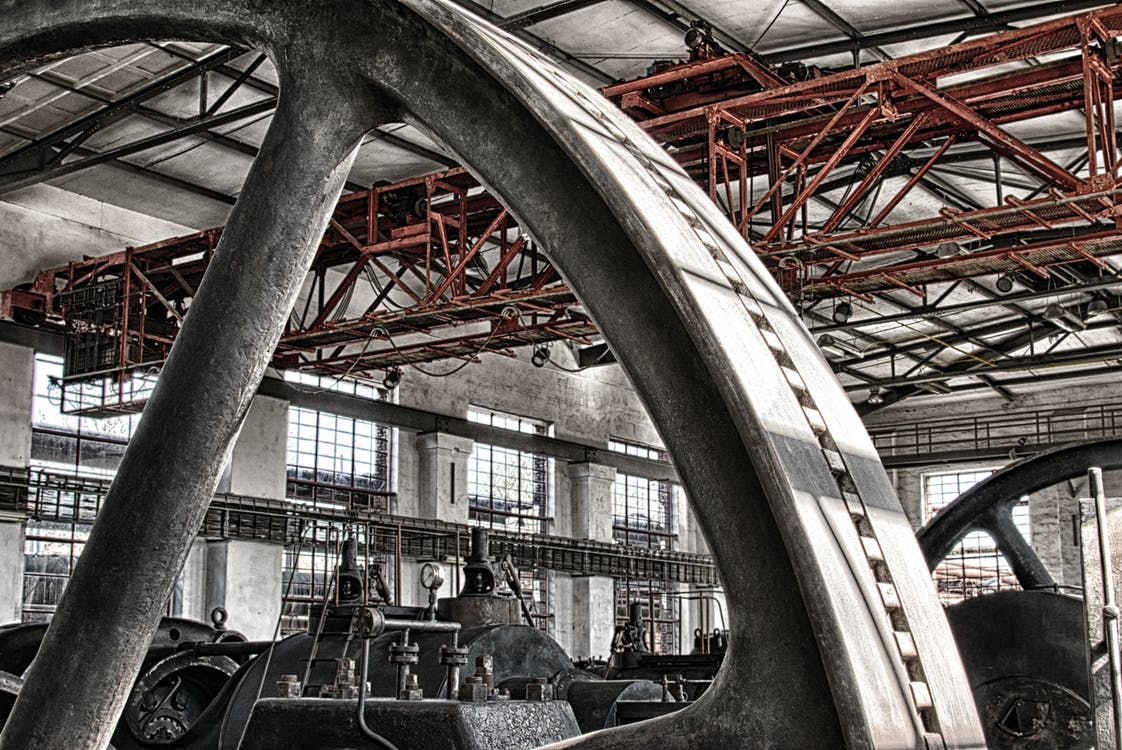Why Is Iron Universal?
Iron is one of the most abundant and desirable metals in the planet, found even in the human body itself, provides a number of important health benefits – which is why it can be found in particularly large quantities in cereals, dried fruits and meat.
It is essential for humans, and can be found in a substance called hemoglobin in our blood. It guarantees the transport of oxygen to all the tissues in our body, besides providing oxygen to our muscles and the insides of our cells.
It can be found both inside and outside our planet: it has been identified in the sun itself and many other Milky Way stars, in the bodies of all living creatures, the earth, and the universe itself. In short: Iron is universal.
Iron is present in everything, being one of the most used materials in the world, especially in construction.
To obtain it, it must be refined, melted and shaped. It is usually mixed with carbon, to make steel.
The process for the creation of alloys and the sale of iron is similar to that of steel, a multi-purpose material, but especially used in bases, columns and frames of contractions.
To create the rebar, columns, foundation, tubes, plaques, and sheets, iron is used due to its malleability, which allows for the creation of different objects or tools, all which can have different shapes and levels of strength.
There’s no doubt that, as a construction material, iron and the alloys that can be used with it to create steel are key for the construction of any building.
Iron is trusty, is something that can be combined with other metals, it is resistance, greatly used and appreciated. It is the key element for the construction of frames, usually added to the foundation as support.





